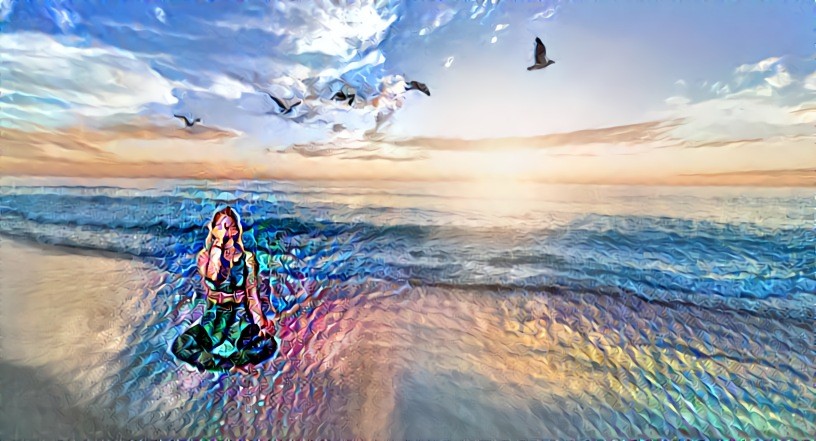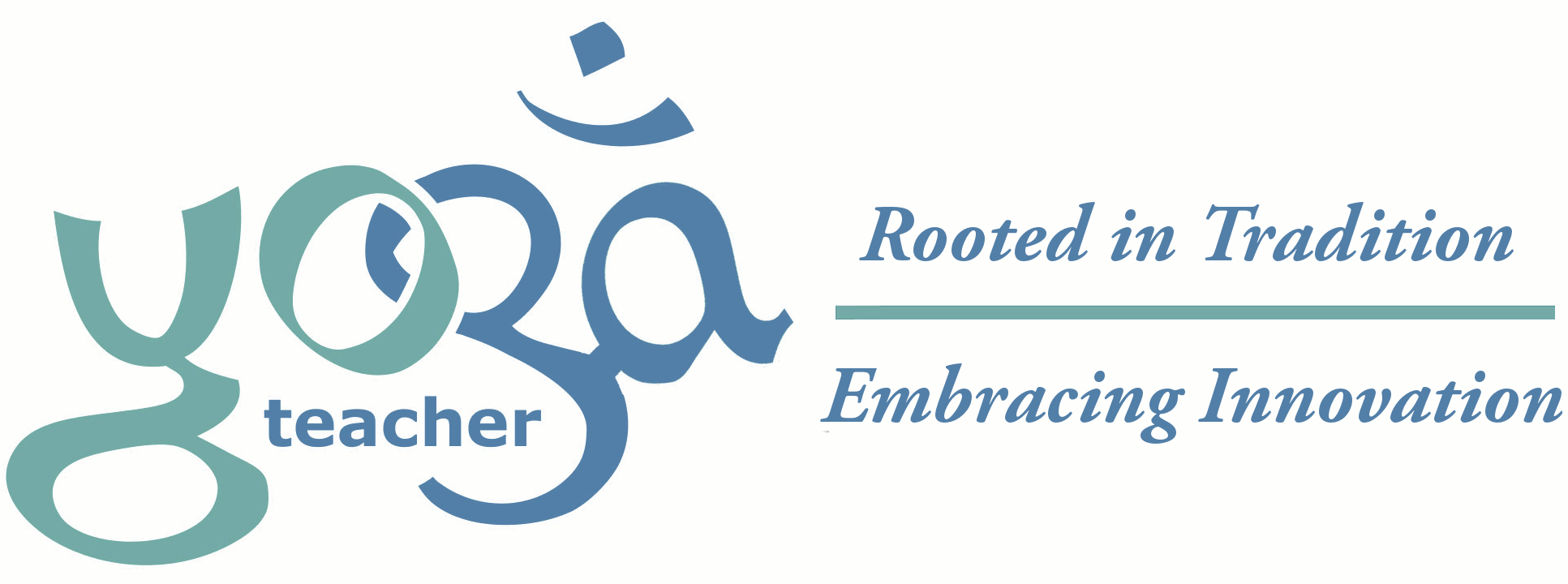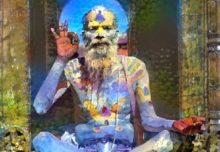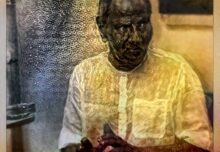It  is only recently, in the last few decades, that we have lost sight of the true purpose of yoga, which has little to do with being able to touch your toes, and everything to do with stilling the mind. Hatha Yoga (the physical practices of yoga) was traditionally used to prepare the body for Pranayama (breath work). Pranayama was in turn used to prepare the mind for Meditation.
is only recently, in the last few decades, that we have lost sight of the true purpose of yoga, which has little to do with being able to touch your toes, and everything to do with stilling the mind. Hatha Yoga (the physical practices of yoga) was traditionally used to prepare the body for Pranayama (breath work). Pranayama was in turn used to prepare the mind for Meditation.
 is only recently, in the last few decades, that we have lost sight of the true purpose of yoga, which has little to do with being able to touch your toes, and everything to do with stilling the mind. Hatha Yoga (the physical practices of yoga) was traditionally used to prepare the body for Pranayama (breath work). Pranayama was in turn used to prepare the mind for Meditation.
is only recently, in the last few decades, that we have lost sight of the true purpose of yoga, which has little to do with being able to touch your toes, and everything to do with stilling the mind. Hatha Yoga (the physical practices of yoga) was traditionally used to prepare the body for Pranayama (breath work). Pranayama was in turn used to prepare the mind for Meditation.When I moved to Austin in 1983 I thought that an asana practice was yoga. It was only when I discovered a local yoga studio affiliated with the Himalayan Institute under the guidance of Swami Rama that I began to view asana as a stepping stone to more advanced practices.
Asana practice prepares the body for sitting, and strengthens both the diaphragmatic and complete breath. When practiced correctly, asana places our attention on the sensations that arise during the practice. This draws attention away from thinking, worrying, regretting, planning and all the other thoughts that chase each other through the mind as if they owned it. By the time we reach shavasana, we should be a little tired, but physically, and mentally from having paid so much attention to our physical practice. This allows us to let go of all effort and sink into a deeper relaxation.  When it is time to come back to our practice, following shavasana, we are often sluggish, so we use breath of fire to raise energy. Now we find ourselves a little un-grounded, so we use alternate nostril breathing to center ourselves. At this point we should be feeling alert and calm, which is precisely what we need to enter into deep meditation.
When it is time to come back to our practice, following shavasana, we are often sluggish, so we use breath of fire to raise energy. Now we find ourselves a little un-grounded, so we use alternate nostril breathing to center ourselves. At this point we should be feeling alert and calm, which is precisely what we need to enter into deep meditation. 
 When it is time to come back to our practice, following shavasana, we are often sluggish, so we use breath of fire to raise energy. Now we find ourselves a little un-grounded, so we use alternate nostril breathing to center ourselves. At this point we should be feeling alert and calm, which is precisely what we need to enter into deep meditation.
When it is time to come back to our practice, following shavasana, we are often sluggish, so we use breath of fire to raise energy. Now we find ourselves a little un-grounded, so we use alternate nostril breathing to center ourselves. At this point we should be feeling alert and calm, which is precisely what we need to enter into deep meditation. 
Krishnamurti, one of my favorite authors and meditation teachers, distinguished between meditation techniques and meditation. He insisted that the technique was not meditation, but merely something that points us in the right direction. The trouble with technique is that it is repetitive, predictable, and creates well trodden paths through the mind. For Krishnamurti, meditation is what happens when you leave the path behind and walk across a field of freshly fallen snow, or are the first person walk on a beach after the ocean recedes.
The yogis often tell us that we must master both of the Niyamas (2nd limb of yoga): Tapas (effort) and Santosha (surrender or contentment). Most of us are proficient in one or the other, but few excel at both. In the beginning, Yoga demands effort to master each step along the path. Those that cannot find the strength to practice yoga when it is difficult to do so will fall by the wayside. But this very trait that serves us well at first, in the end, becomes the problem. We must know when the moment arrives to step off the trail. In the end we must leave all teachers, gurus, signposts and footprints behind. We must even leave yoga behind before we can truly lose ourselves in God.





